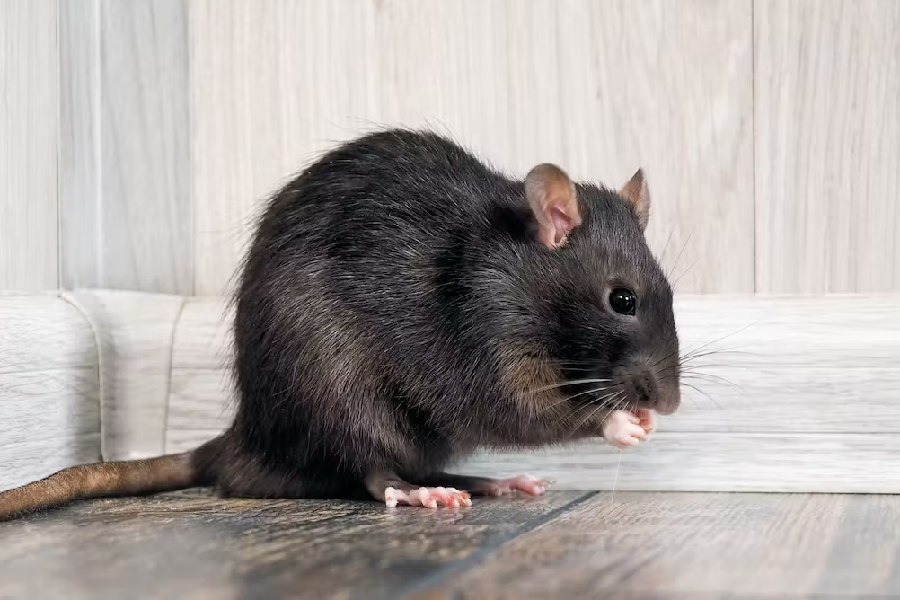Ecologists have attributed the rodent menace in Kolkata, like many other densely populated cities, to two species, Rattus norvegicus (brown rat) and Bandicota indica (greater bandicoot rat). There is a third, Mus musculus or the common house mouse. But it is much smaller and the damage inflicted is usually limited to holes in curtains and clothes.
Rattus norvegicus
- Brown rat, also known as Norway rats, believed to have reached the shores of England from Norway in the 18th Century. Today, almost every port city in the world has a substantial population of these rodents.
- On average, these rats reach nearly 400mm (40cm) nose-to-tail and weigh 140 to 500g. Males are usually larger than females.
- In natural populations, these rats are covered with coarse, brownish fur (sometimes splotched with black or white hairs) on their dorsal surface, which usually lightens to a grey or tan colour nearing the underside.
- In urban areas, their habitats include garbage dumps, basements and nearly anywhere else where food and shelter might be found.
- Known for a superlative appetite for proliferation. An average female is capable of giving birth approximately seven times per year.
Bandicota indica
- The greater bandicoot rat is larger in size than brown rats.
- The shaggy, blackish brown body is 190 to 330mm (19 to 33cm) long and its scantily haired tail is about the same length. The weight of one rat is often a kilo.
- These rodents prefer wetland habitats. In cities, the underground sewerage network provides an ideal habitat for the bandicoot rat.
- Also known for rapid proliferation .
Mus musculus
- Much smaller in size, their body (without the tail) ranges from 65 to 95mm (6.5 to 9.5cm) in length and 15 to 30g in weight.
- House mice generally live in close association with humans — in houses, barns, granaries.
- Also characterised by tremendous reproductive potential.
(Information sourced from Animal Diversity Web, an online database of animal natural history, distribution, classification, and conservation biology at the University of Michigan and britannica.com.)
Dwindling predators
Ecologist Silanjan Bhattacharyya blames the rising rodent threat to the dwindling numbers of animals that feed on rats. “Only blaming the civic body is not done. In the name of development and urbanisation, we have destroyed the bushes, thickets and scrubs and large trees where these predators lived,” said Bhattacharyya.
Arjan Basu Roy, founder of Nature Mates, a not-for-profit that has worked extensively in urban landscapes, said golden jackals, jungle cats and birds like barn owls and kites, all of them nocturnal animals, fed on rats.
Other cities
New York: Studies suggest the city has an estimated three million rats — a 50 per cent jump from a decade ago.
The rodent population is among the top challenges for administrators, along with crime, homelessness and high rents. They have thrived in subway tunnels, empty lots, parks and basements.
In April this year, New York mayor Eric Adams hired Kathleen Corradi as the city’s new director of rodent mitigation, to oversee rat reduction efforts. “You’ll be seeing a lot of me and a lot less rats,” she vowed.
London: An old adage has it that you are never more
than six feet away from a rat in London. Some private surveys have claimed London could be having up to 20 million rats. It’s likely there are more of them than the city’s nine million people.
Mumbai: Like other densely populated cities, Mumbai is also infested with rats.
More than 3,00,000 rats are killed annually in Mumbai. That is the official figure.
The civic body uses various interventions, including hiring professional rat killers.
